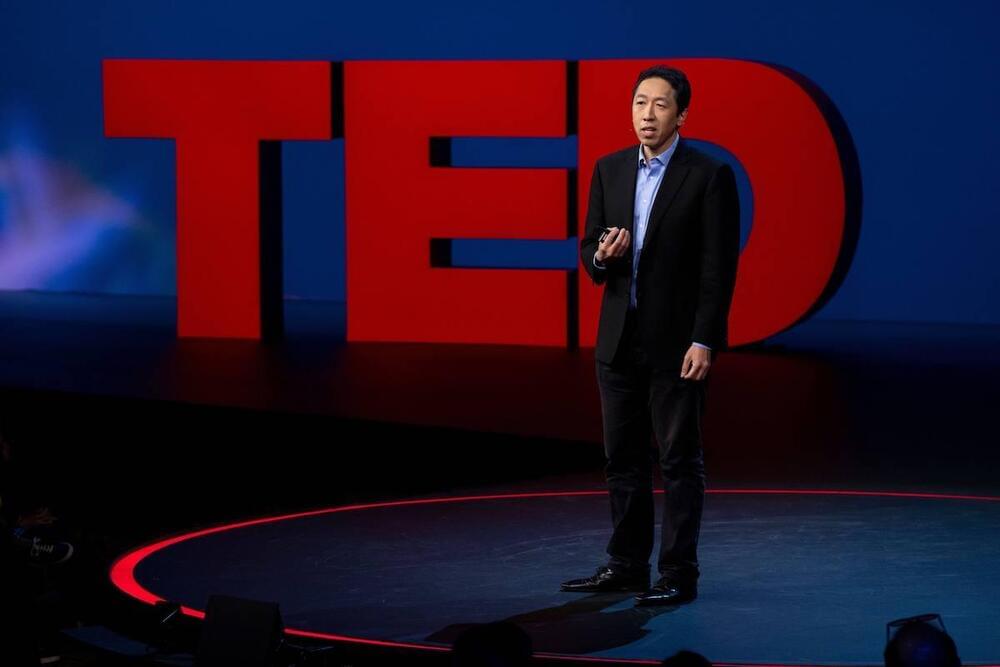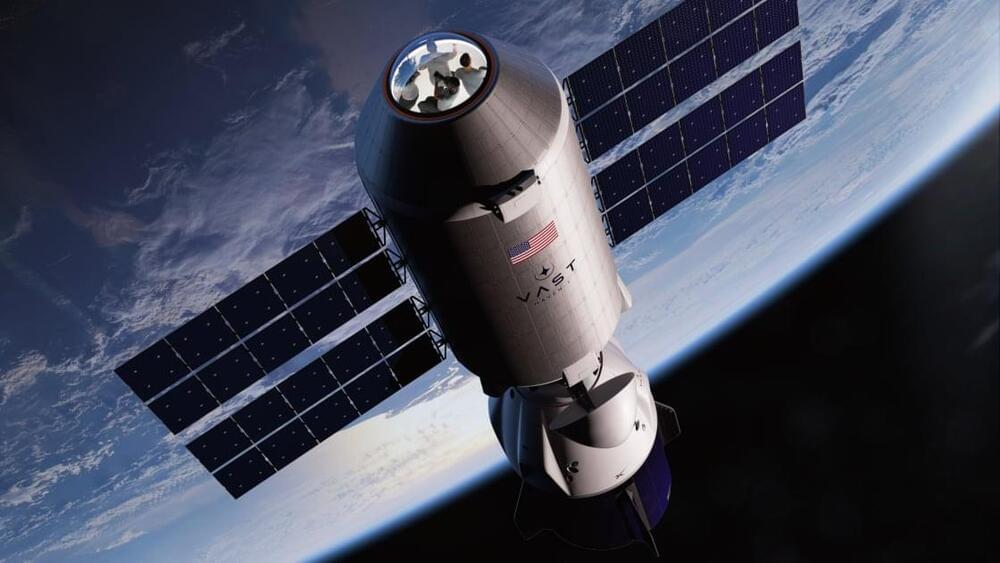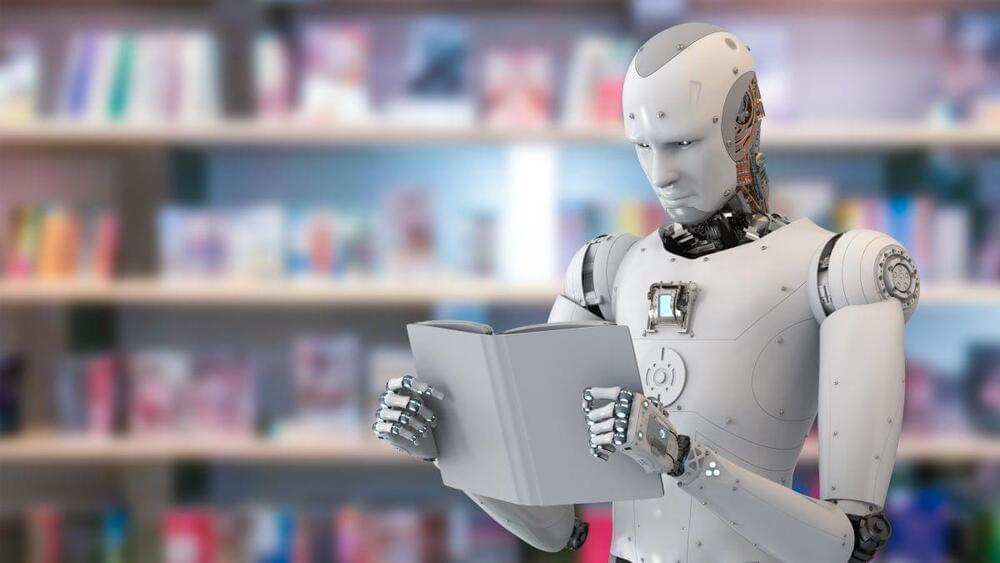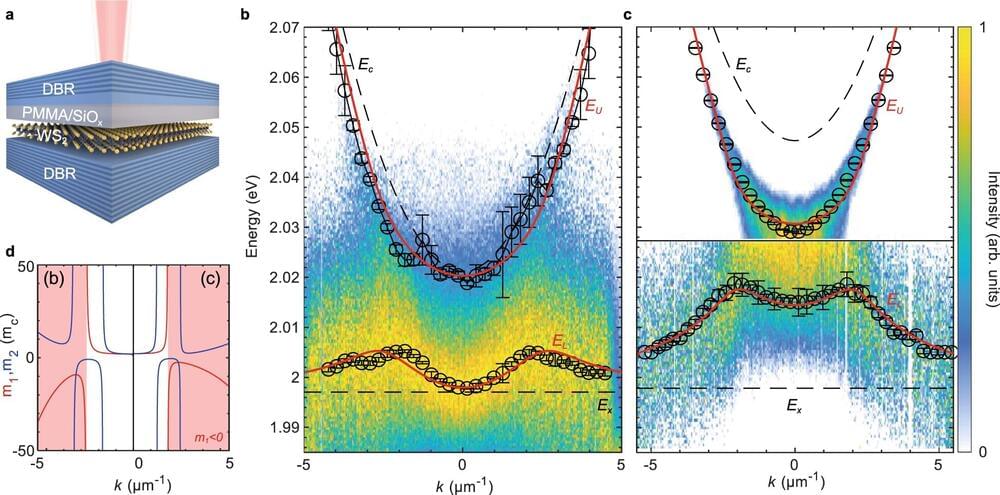The ability to build AI systems and the idea empower a business to scale them is on the rise. Read about how AI could empower any business at Landing AI.



Summary: Researchers have created a device that emulates the human eye’s ability to see color by using narrowband perovskite photodetectors and a neuromorphic algorithm.
The photodetectors, sensitive to red, green, and blue light, mimic our cone cells, while the neuromorphic algorithm simulates our neural network to process information into high-quality images. Unlike modern cameras that require external filters, this technology could improve resolution and reduce manufacturing costs.
The device also generates electricity as it absorbs light, potentially leading to battery-free camera technology.

Haven-1 is scheduled to reach low-Earth orbit aboard a Falcon 9 rocket no earlier than August 2025, and will initially act as an independent crewed station, before connecting to a larger Vast base, currently in development. If all goes well, the Vast-1 mission will then send a four-person crew via SpaceX Dragon to dock with Haven-1 for up to 30 days.
While the International Space Station has at least another seven years of life, plans for Haven-1 represent “the first steps in Vast’s long-term vision of launching much larger, artificial gravity space stations in Earth orbit and beyond,” says Vast CEO Jed McCaleb.
Eventually, Vast plans to develop a 328-foot-long multi-module spinning artificial gravity space station, delivered by SpaceX’s Starship transportation system.


Microsoft’s corporate VP and chief economist tells the World Economic Forum (WEF) that AI will be used by bad actors, but “we shouldn’t regulate AI until we see some meaningful harm.”
Speaking at the WEF Growth Summit 2023 during a panel on “Growth Hotspots: Harnessing the Generative AI Revolution,” Microsoft’s Michael Schwarz argued that when it came to AI, it would be best not to regulate it until something bad happens, so as to not suppress the potentially greater benefits.
“I am quite confident that yes, AI will be used by bad actors; and yes, it will cause real damage; and yes, we have to be very careful and very vigilant,” Schwarz told the WEF panel.
Is it OK for the largest AI platforms to be closed and private? Or should they all be open and transparent?
Why should you care?
Because AI has the power to completely transform every industry, drive a new world order, and create the next dozen trillionaires. It’s the single most important tool we’ve ever created to solve the world’s biggest problems.

A surprise observation of negative mass in exciton–polaritons has added yet another dimension of weirdness to these strange light-matter hybrid particles.
Dr. Matthias Wurdack, Dr. Tinghe Yun and Dr. Eliezer Estrecho from the Department of Quantum Sciences and Technology (QST) were experimenting with exciton polaritons when they realized that under certain conditions the dispersion became inverted—equating to a negative mass.
To add to the surprise, the unexpected cause has turned out to be losses.
Humane/Ted/YouTube.
The former Apple employees Imran Chaudhri and Bethany Bongiorno developed Humane with a “future that is even more intelligent and even more personal,” according to the company’s website.
